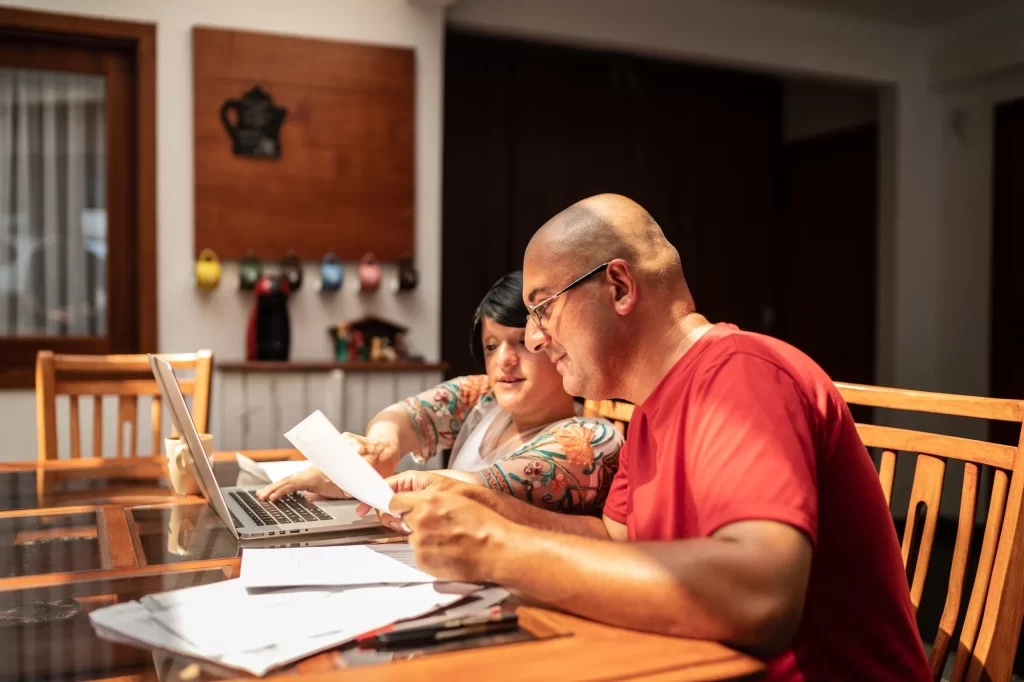
Student loan payments are set to resume in October and the President’s debt forgiveness plan has been struck down, so you’l need to explore your options if you aren’t able to make payments.
Borrowers with federal student loan debt have not had to worry about this financial burden for a long time as payments were paused and interest charges suspended during the pandemic. But, more than three years after the COVID-19 relief first went into effect, student loan payments will be resuming in October.
For many with student debt, the looming deadline to begin payments again has been overshadowed by a bigger question: Will their debt be forgiven?
President Joe Biden had put forth a plan that would have wiped away as much as $20,000 in federal loans for eligible borrowers. An estimated 26 million people had applied already or were automatically qualified for this forgiveness. On Friday June 30, however, the U.S. Supreme Court ruled the Administration could not forgive this debt without clear authority from Congress.
This means the plan won’t be going forward, payments will be resuming, and some people may have serious concerns about how they’ll cope with this new obligation. If you’re one of the many who is worried about your ability to begin making payments now that student loan forgiveness is off the table for the foreseeable future, here are your options.
Opt for an income-driven repayment plan
If you cannot make payments on federal student loans, switching to an income-driven plan could provide the relief you are looking for.
There are four income-driven plans offered by the Department of Education. These cap payments at between 10% to 20% of discretionary income depending on which plan you pick. You can contact your loan servicer to switch to an income-driven plan and your payments should become much more affordable once based on what you earn. In some cases, you may even see your monthly payment set to $0.
The benefit of choosing an income driven plan is that you can qualify for loan forgiveness after a certain period of time. If you make payments for either 20 or 25 years (depending on plan), any remaining balance left on your loans will be wiped away.
You may have to pay tax on the forgiven debt, depending on whether a current rule excluding forgiven student loan debt from your income is extended once it expires in 2025. But, you will eventually be free of your loan burden.
Consider forbearance or deferment
Deferment or forbearance could be another option for you if you cannot make federal student loan payments. Both deferment and forbearance allow you to temporarily push pause on your monthly payments, although interest still accrues on all loans in forbearance and on all unsubsidized loans in deferment.
You will need to apply for either deferment or forbearance and meet specific eligibility criteria such as demonstrating economic hardship or showing you are unemployed; attending school at least half time; are undergoing cancer treatment; are in a rehabilitation program; or fit into another qualifying category.
Deferment and forbearance do not allow you to make progress on loan payment, unlike when you’re in an income-driven plan and working toward eventual forgiveness. And, any interest that accrues can be added onto your balance so you will end up paying interest on interest. Still, these options can be better than defaulting.
It’s important to decide what the best course of action is before loan payments resume and you find yourself unable to pay. So, with forgiveness officially off the table, start looking into your options now if you expect to struggle starting in October.
























